💧 How to Remove a Sink Stopper in 2024.
Got a bathtub with a slow drain?
If you have water pooling around the drain plug when you take a shower or a bath, you probably have a clogged drain.
Removing the bathroom sink stopper (also called a drain stopper) is an easy way to get a closer look down your drain hole at whatever is blocking your drain.
It also may have been installed incorrectly when it was first installed.
A malfunctioning sink stopper that isn’t flush with the bottom of the bathtub when engaged may cause a leaky drain, which makes bathtime not very enjoyable.
The average homeowner with a few tools can easily remove, troubleshoot and fix or replace a sink stopper with a few instructions.
The first step is to figure out the type of drain stopper you have.
Below are a few common types of sink stoppers, starting with instructions on removing a generic stopper.
Table of Contents
💧 What is a Drain Stopper?
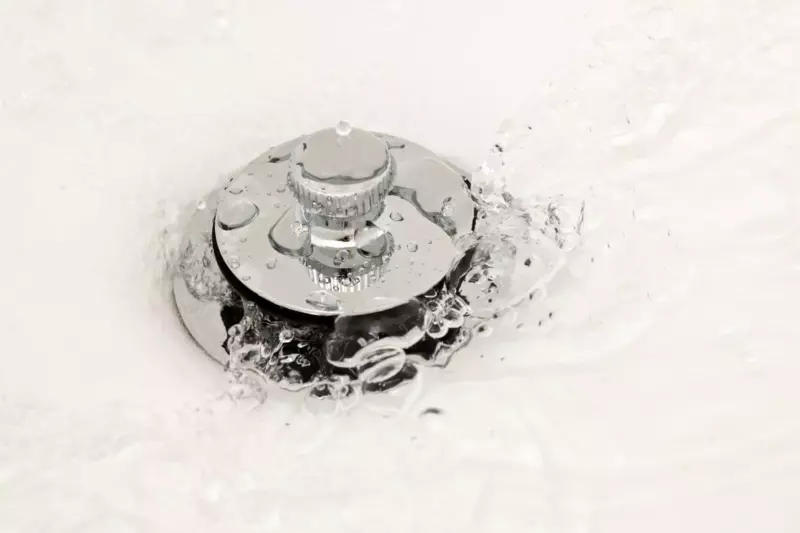
A drain stopper is a plug that is used to seal or block a drain in common household sinks and bathtubs.
It can be a removable or fixed plug that fits over the drain opening and prevents the escape of water.
Drain stoppers come in various styles and are used for different purposes depending on the requirements of the drain they are used in.
An easy example of this is a bathtub drain stopper. This is used to hold the water in the tub so you can take a bath.
A sink drain stopper is also used to hold water and also used prevent debris from going down the drain, such as when washing dishes.
Maintaining and replacing your stopper as needed is important to ensure you don’t waste water.
💧 Removing a Toe Touch Drain Stopper
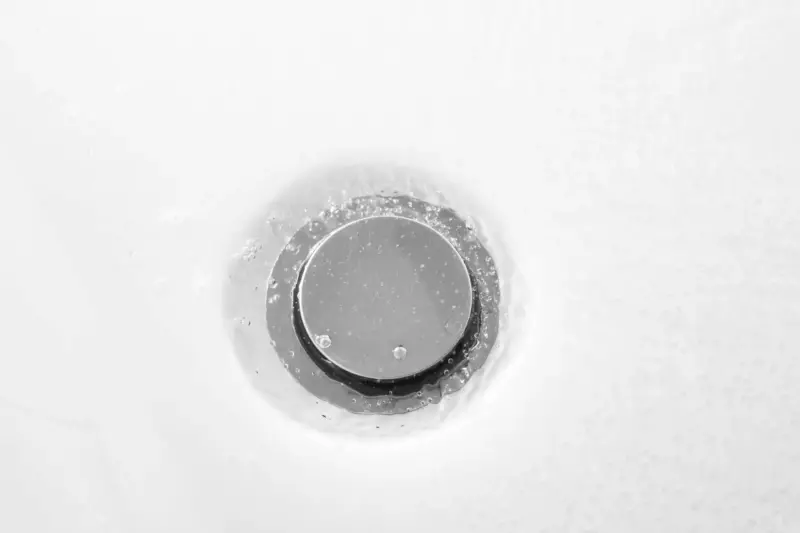
A toe touch drain stopper opens and closes with the touch of a toe. It is circular in shape and flat on top. There are no tabs or knobs to turn.
Put the drain stopper mechanism in the open position like your draining the tub.
Some stoppers have a top cap that will unscrew from the base cylinder that is threaded into the strainer below.
Hold the base cylinder while turning the cap counterclockwise.
If the entire unit starts to turn, let go of the base cylinder and unscrew the unit completely.
You may need to use a flathead screwdriver to unscrew the base cylinder from the strainer.
💧 Removing a Push Pull Sink Stopper
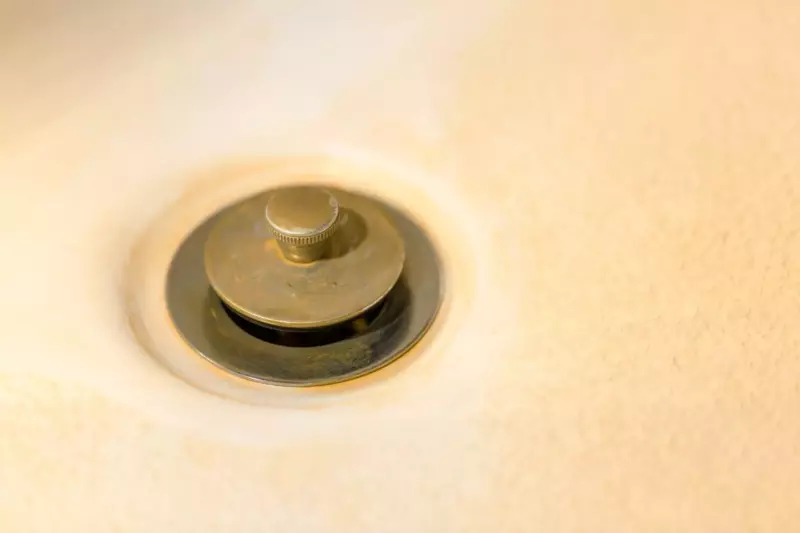
This type of stopper will have a knurled knob on the top. This stopper is pushed up and down to open and close it.
Start by unscrewing the knob. Next, hold the top cap in one hand and turn the knob counterclockwise to unscrew it completely.
If the knob doesn’t budge by hand, use a cloth to get a better grip on the cap or use pliers to grip it.
✅ PRO TIP: If you use pliers on a stopper, wrap a cloth around it to avoid scratching it up.
Once you have removed the knob, unscrew the post using a flathead screwdriver and lift it out of the attached strainer.
💧 Removing a Lift and Turn Tub Stopper
A lift and turn sink stopper is very similar to the push pull type.
This type of stopper is opened and closed by lifting and turning the knob in opposite directions.
Put the stopper in the open position, then use one hand to hold the stopper’s body.
Turn the knob counterclockwise and check for the set screw on the knob.
If your stopper doesn’t have one, turn it counterclockwise to unscrew it from the strainer.
If you find the post thread has been stripped, it will become difficult to remove. Try pulling upwards while unscrewing.
If the stopper does have a set screw but doesn’t unscrew, lift the stopper up and turn, checking for the screw.
Depending on the type, you can loosen the set screw using a flathead screwdriver or an Allen wrench.
✅ PRO TIP: Be careful not to drop the screw down the drain.
If your stopper doesn’t have a screw or a knob, it might have a channel and pin mechanism.
If this is the case, lift the stopper and slowly rotate it counter clockwise. Align the slot at the bottom of the channel with the pin in the strainer.
Pull the stopper upwards to release.
💧 Removing a Pop-up Drain Stopper
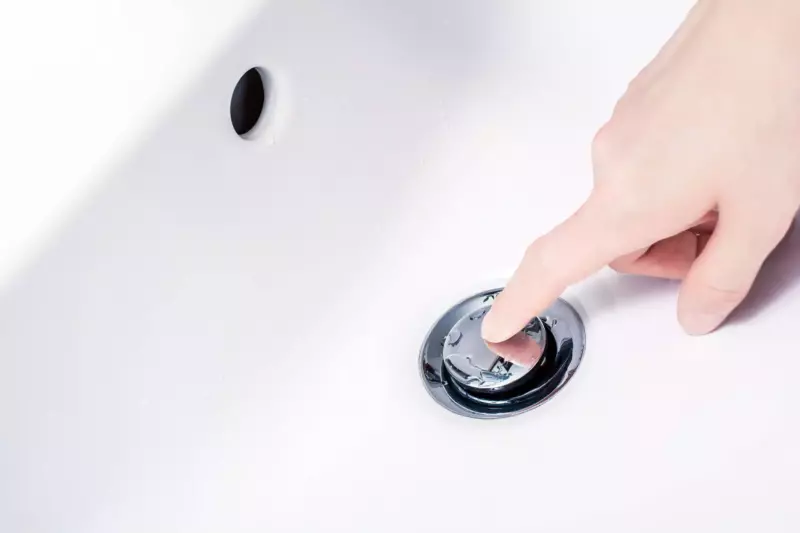
Pop up drain stoppers have different removal methods depending on the type.
Just like the lift and turn sink stopper, try the following methods to see which type you have.
Put the pop-up assembly in the open position like you would to drain the bathtub.
Method 1: Grab the sink stopper by gripping it on each side. Pull up the drain stopper until it releases. If it doesn’t come out, try giving it a wiggle as you apply upward pressure.
Method 2: Twist the stopper counterclockwise to unscrew it. Use a screwdriver to unscrew the base. Lift the entire pop up stopper to pull it out.
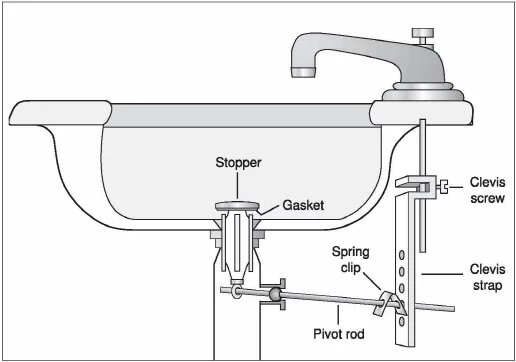
Method 3: This is for the rocker arm-type stopper. This drain stopper uses a lever mounted behind the faucet to open and close it.
You can remove the sink stopper by releasing the pivot nut under the sink and removing the pivot rod (horizontal plunger rod) connected to the drain pipe.
Remove the lever arm from the drain stopper assembly.
Return to the sink basin, and you should be able to pull out the stopper assembly inside the drain for cleaning or replacement, as shown in the above diagram.
💧 What to Do After You Remove the Bathtub Drain Stopper
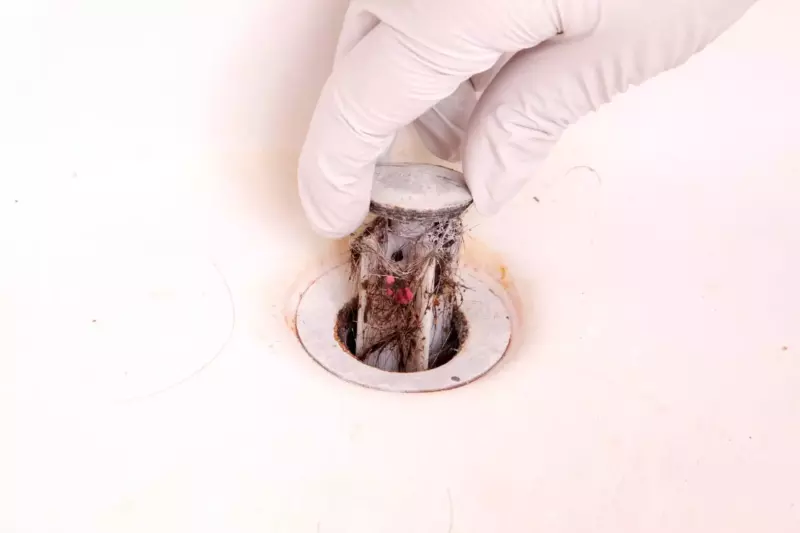
Once you have removed the bathtub drain stopper, you should clean it before returning it.
You can use mild detergent and a soft cloth to clean the stopper to remove any dirt, soap scum and debris.
Rinse the stopper thoroughly with water and dry it completely before putting it back in the drain.
If you want to replace the stopper, you can take it to a hardware store or plumbing supply store and ask for a replacement of the same size and type.
✅ PRO TIP: Be sure to bring the old stopper with you so that you can match it up to the new one.
Once you have your new stopper in your hot little hands, just simply reverse the steps you used to remove the old one to install a new one.
Please ensure you read and follow the manufacturer’s instructions that came with the new stopper you purchased and be careful not to damage the drain or the tub or sink when installing it.
After you have installed the new stopper, check that it’s not leaking when it’s closed and it’s making a good seal with the drain.
💧 Final Thoughts

A dirty bathroom sink stopper can’t effectively do its job if it’s covered in gunk and other build-up.
Keeping your bathroom sink stopper clean will help keep your bathtub water flowing freely.
Are you looking to eliminate plumbing issues and a slow-draining sink but aren’t you comfortable doing it yourself?
Check out Phyxter Plumbing Services and see if they service your area.
We pride ourselves on providing the best plumbing services to our amazing customers across North America.
Want to learn more about your home’s plumbing problems? Check out our other articles in our plumbing blog.
Related Reading: 7 DIY Tricks on How to Plug a Bathtub Drain Without a Plug
Related Reading: DIY Guide to 15 Common Plumbing Problems & Solutions

